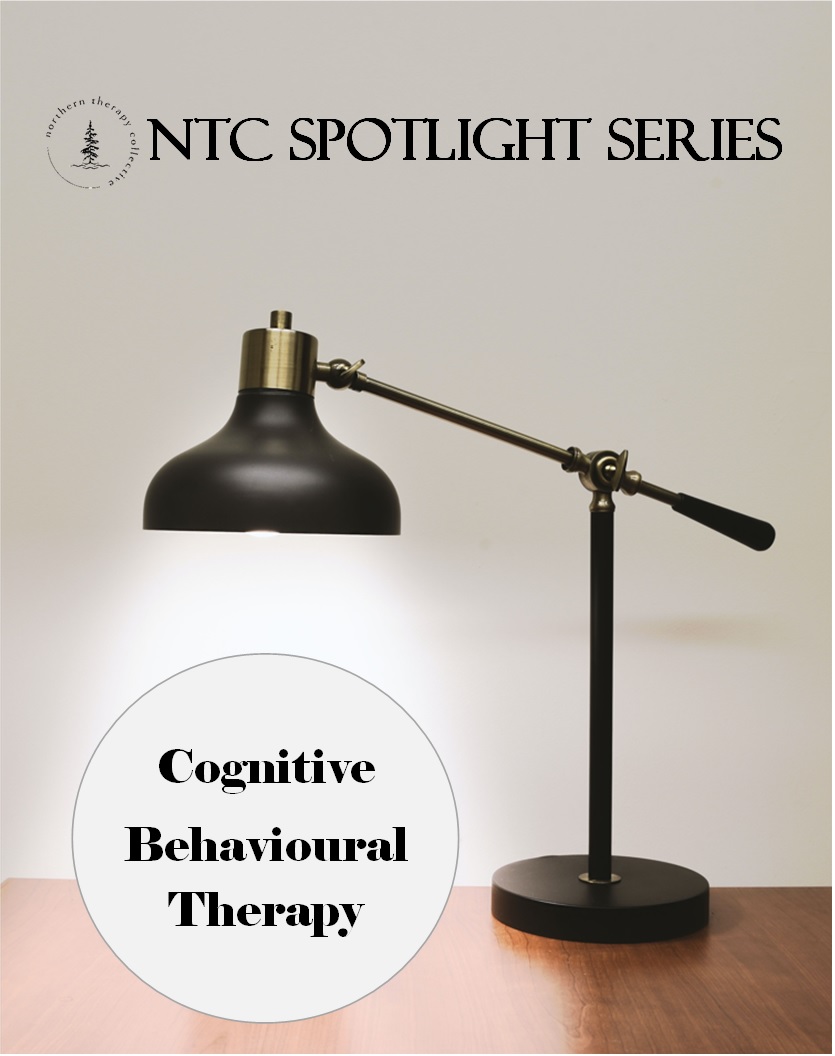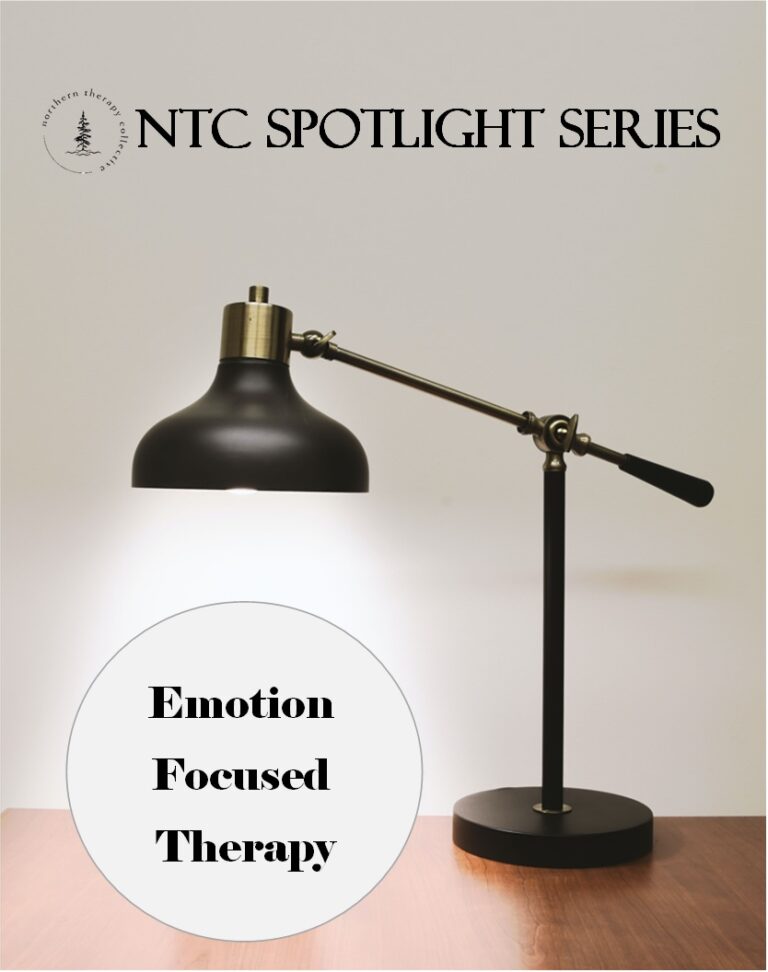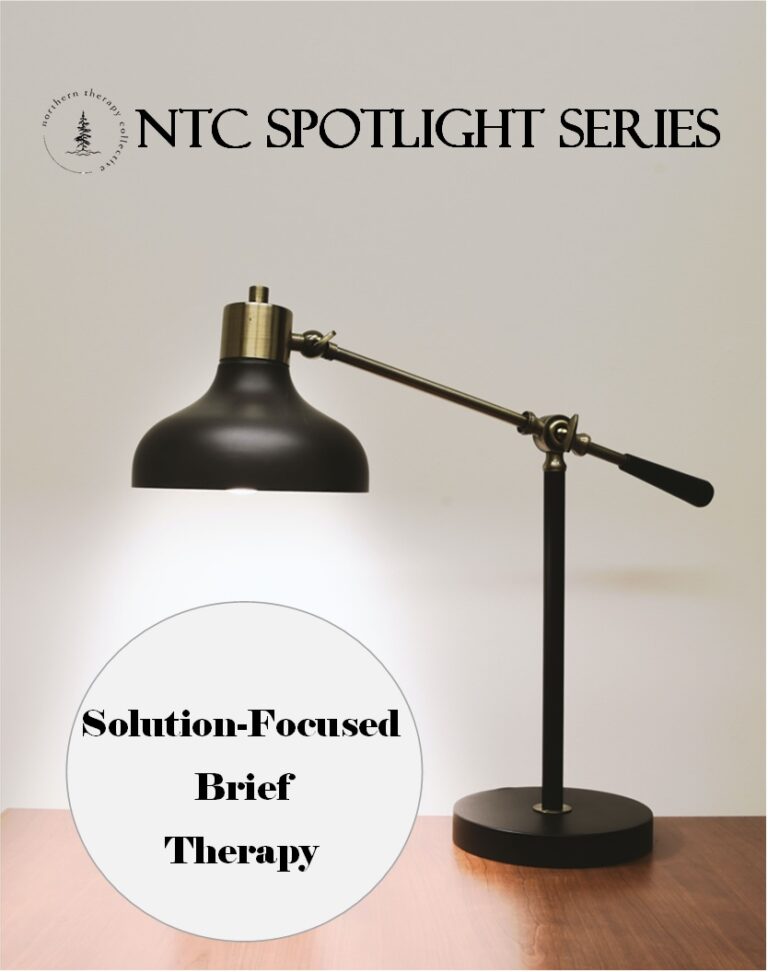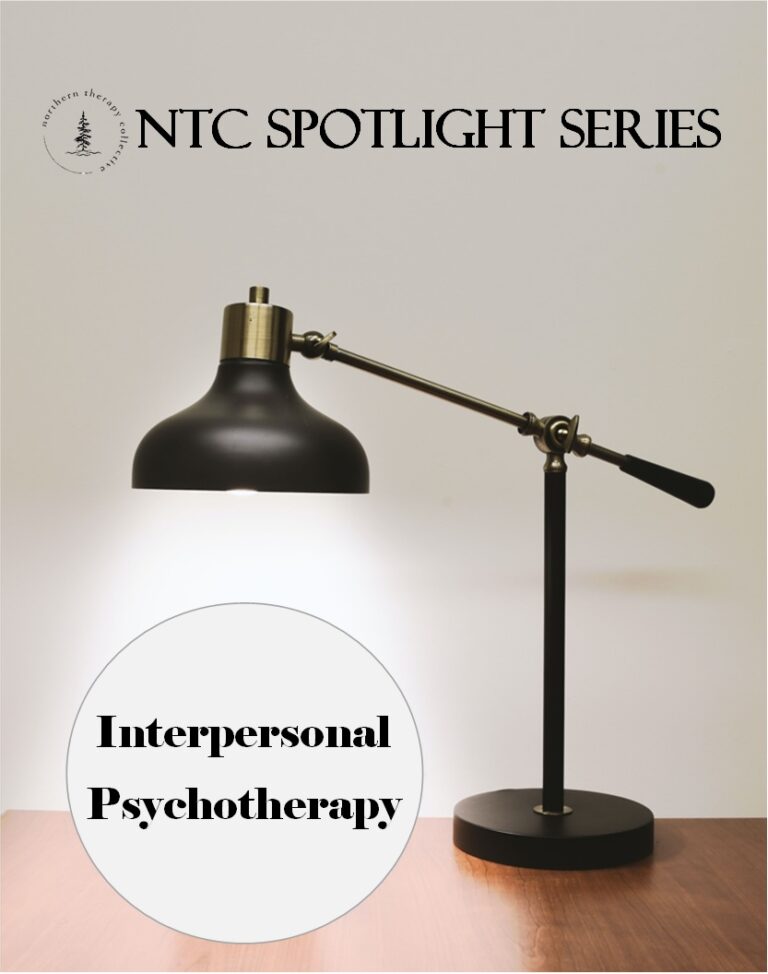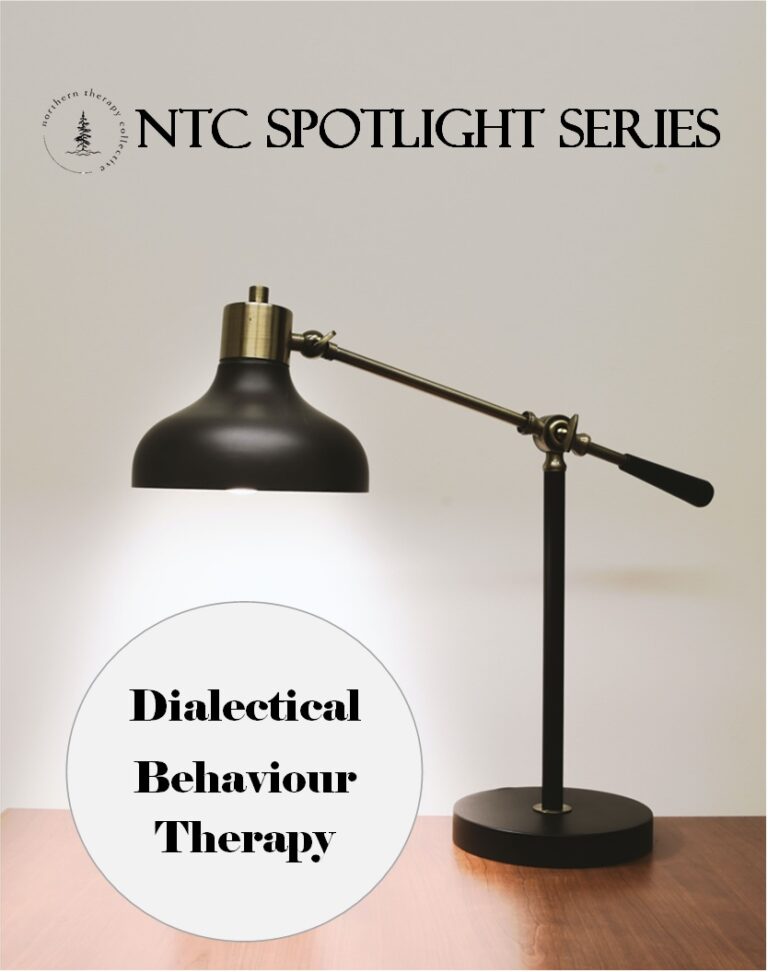SPOTLIGHT ON: Cognitive Behavioural Therapy (CBT)
Cognitive-behavioural therapy (CBT) is one of the most widely used approaches in modern-day psychology. This approach to therapy helps clients understand their current perspective (ways of thinking about the world, self and others) and evaluate whether this is realistic and/or helpful. CBT also examines how our cognitions impact what we do (“behaviors”) and how we feel (“moods”). The goal of CBT is to help folks develop a toolbox of skills and strategies that allow them to lead more productive and balanced lives.
MAJOR PLAYERS:
- Dr. Aaron Beck – considered the “founding father” of CBT, based on his work from the 1960’s
- Dr. Judith Beck – continued her father’s work in advancing CBT theory
- Dr. John Watson & Dr. Albert Ellis – pioneers of behaviorist principles starting in the early 1900’s
FOOD FOR THOUGHT:
- “For there is nothing either good or bad, but thinking makes it so.”
- William Shakespeare (Hamlet)
- “The problem is not the problem. The problem is your attitude about the problem.”
- Captain Jack Sparrow (Pirates of the Caribbean)
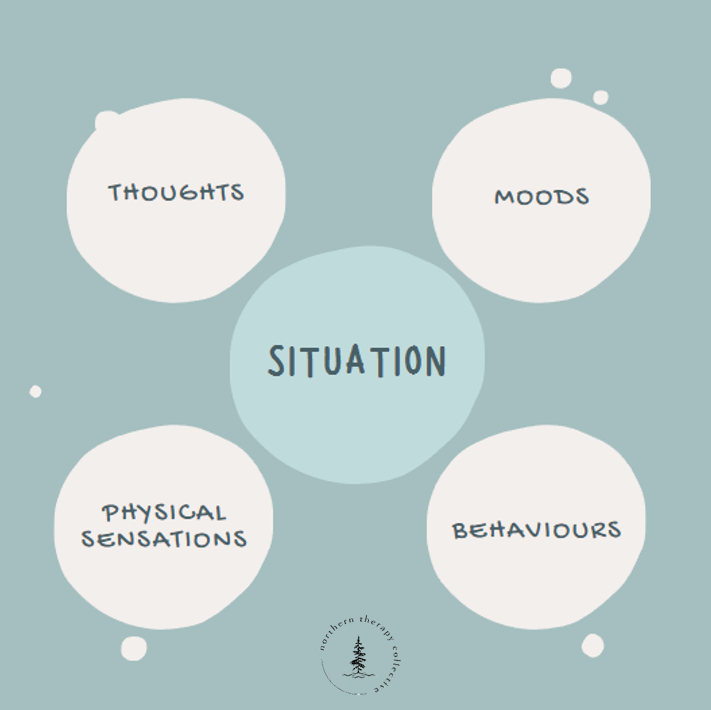
DEFINING FEATURES:
- Evidence-based (well supported by psychological research)
- Time-limited (typically delivered over 3-6 months)
- Applicable to a wide variety of psychological problems (e.g. depression, anxiety, phobias, OCD, bipolar)
- Focuses more on the present (current problems/symptoms and practical goals for improvement) and less on the past
- Emphasizes realistic and balanced thinking (more-so than positive thinking)
- Relies on a 5-Factor model (see graphic above)
POSSIBLE INTERVENTIONS:
- Thought monitoring (to increase awareness of automatic thoughts)
- Cognitive restructuring (changing unhelpful/distorted thoughts into realistic/balanced thoughts)
- Identifying “thinking errors” (e.g. mind reading, catastrophizing, labelling, overestimating threats)
- Gathering evidence for and against thoughts and beliefs
- Problem solving & action planning
- Breaking problems down into smaller steps
- Behavioural activation (engaging in activities that foster a sense of pleasure, productivity, and accomplishment)
- Behavioural experiments (to test assumptions around feared outcomes)
- Exposures (classic “face your fear” exercises that help one desensitize to anxious feelings)


